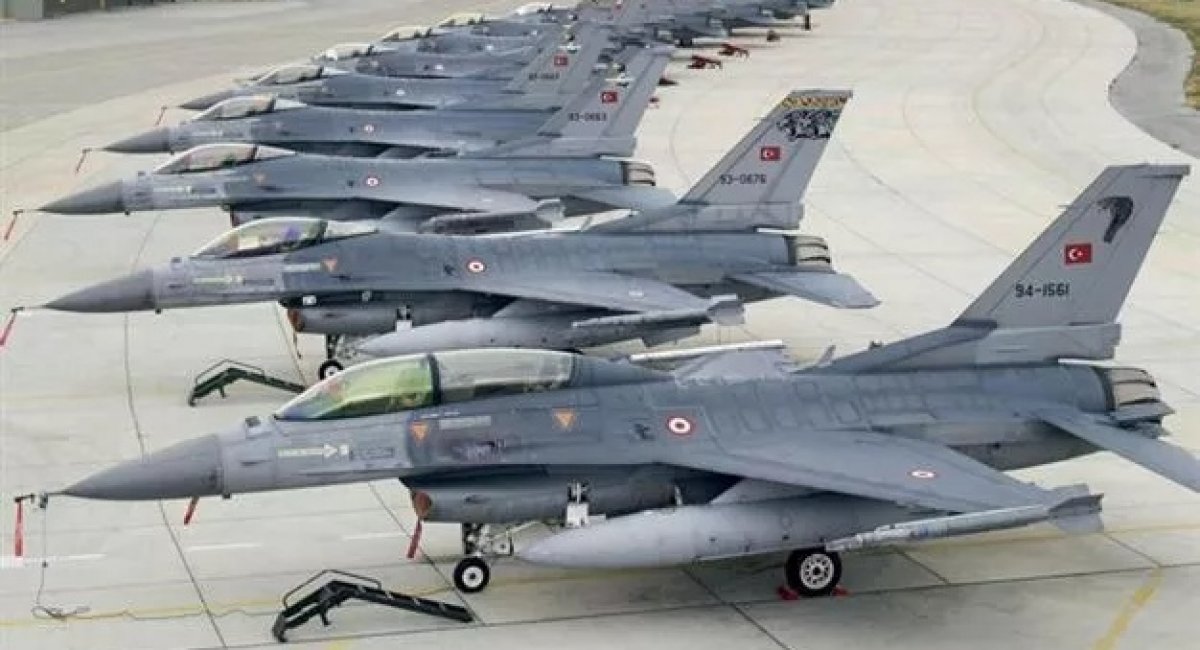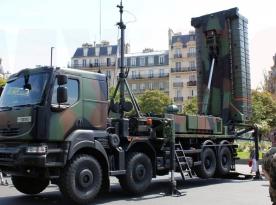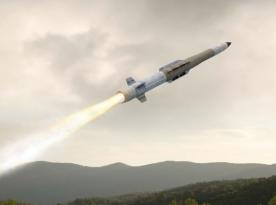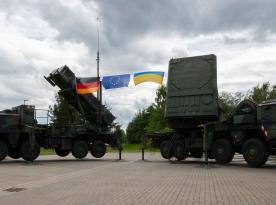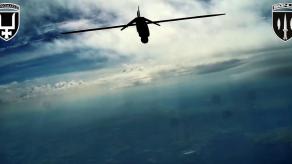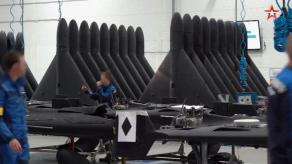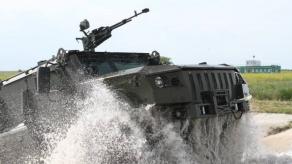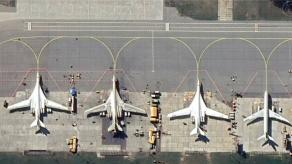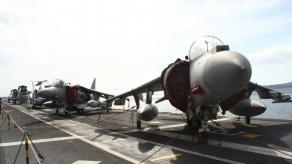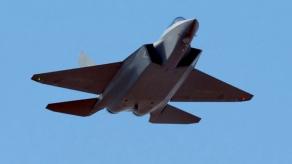According to the Defense News, Aselsan, Turkey’s largest defense firm, recently adopted the radar effort as part of a program dubbed Ozgur, which translates to “Free” in English.
The program involves modernization of the aircraft’s structure and avionics, more specifically a new mission computer, new cockpit color displays, a new indigenous identification friend or foe system, new radar warning receivers, and an inertial navigation system.
Read more: Turkish Akinci Drone Will Get Swarm-Capable Alpagut Loitering Munitions (Video)
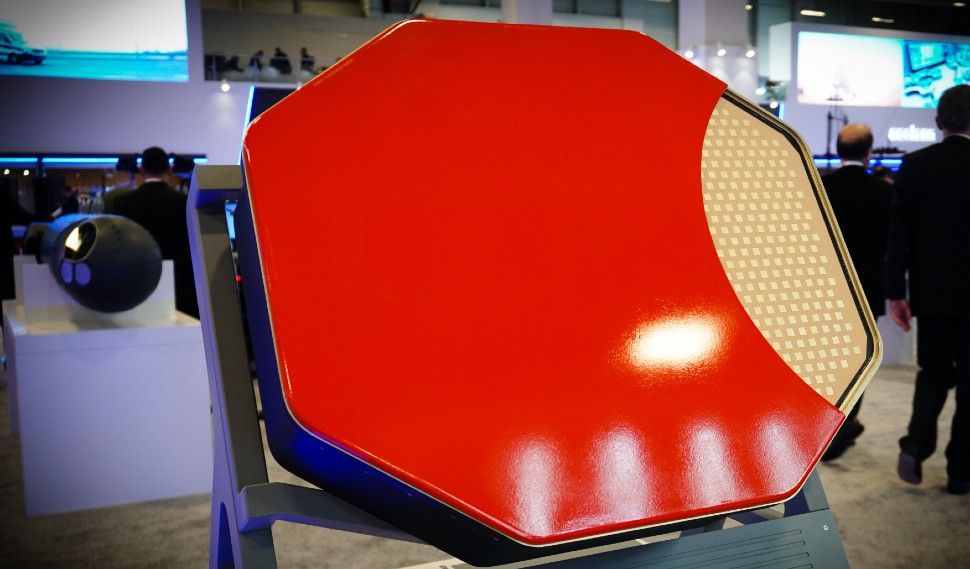
The AESA radar will first be retrofitted onto the Akinci, a drone built by Turkish Aerospace Industries; then on a batch of 36 F-16 Block 30 aircraft; and, in the longer term, the TF-X, Turkey’s first indigenous fighter jet in the making, according to a TAI official, who spoke on the condition of anonymity because he was not authorized to talk to the press.

Block 30 is the only F-16 model whose source codes are available to Turkey.
Aselsan and TAI officials cited commercial secrecy and national security as reasons for not revealing contract values or delivery timelines associated with the radar.
But on Aug. 25, TAI and Aselsan announced they signed a contract worth a total of about $71 million.
The Turkish Air Force declined to comment for this story, citing national security.
Read more: What Baykar Plant in Ukraine To Produce Bayraktar TB2, Akıncı and Kızılelma UAVs Will Look Like (Photo)




